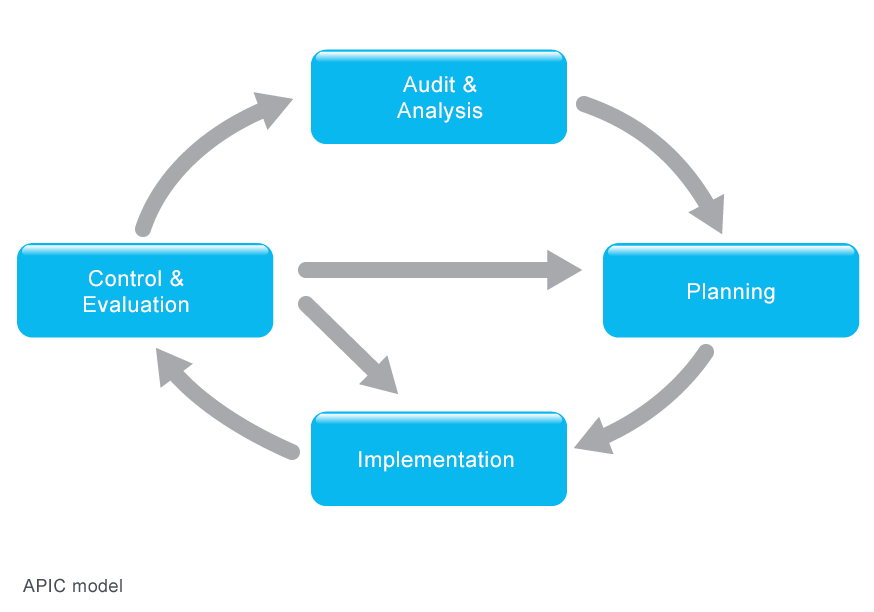A Guide to SMART Campaign Objectives
In marketing, setting clear and effective objectives for integrated communications campaigns is paramount. Marketers must navigate through a myriad of tools and strategies to ensure their message reaches the right audience at the right time. This is where the SMART framework becomes indispensable.
Understanding the SMART Framework
When embarking on a marketing journey, objectives should be SMART: Specific, Measurable, Achievable, Relevant, Targeted, and Timed. This ensures that goals are not only clearly defined but also attainable and impactful.
Specific: Objectives must be precise and focused. Vague goals lead to ambiguous outcomes. Define exactly what you want to achieve and who your target audience is.
Measurable: Tangible metrics are essential for tracking progress and evaluating success. Whether it's increased website traffic, social media engagement, or sales figures, establish measurable indicators to gauge effectiveness.
Achievable: While ambition is admirable, objectives must be within reach. Unrealistic goals can demotivate and derail campaigns. Consider resources, capabilities, and market dynamics when setting targets.
Relevant: Objectives should align with broader business goals and market realities. Ensure that your campaigns address current needs, market trends, and consumer preferences.
Targeted: Understand your audience inside out. Tailor your objectives to resonate with their interests, behaviours, and demographics. A targeted approach enhances relevance and increases the likelihood of engagement.
Timed: Set clear deadlines to create a sense of urgency and accountability. A time-bound approach fosters efficiency and prevents procrastination.
Leveraging Marketing Planning Models
Frameworks such as Fill's Marketing Communications Planning Framework (MCPF) and the APIC model offer comprehensive blueprints for crafting successful campaigns. These models encompass various elements, including context analysis, communication objectives, strategy formulation, resource allocation, implementation scheduling, and evaluation protocols.
Context Analysis: Start by comprehensively assessing market dynamics, competitor landscapes, and consumer insights. This groundwork informs subsequent decisions and ensures strategic alignment.
Communication Objectives: Define clear objectives that align with broader business goals. Whether it's increasing brand awareness, driving website traffic, or boosting sales, objectives should be specific, measurable, and actionable.
Marketing Communication Strategy: Develop a robust strategy that outlines key messages, channels, and tactics. Consider the buyer's journey and tailor communication to resonate with each stage.
Coordinated Communication Mix: Integrate a mix of tools, media, and content to reach your audience effectively. From social media campaigns to email newsletters, leverage diverse channels for maximum impact.
Resource Allocation: Allocate human and financial resources wisely. Balance creativity with fiscal responsibility to maximize ROI and ensure sustainable growth.
Scheduling and Implementation: Create a detailed timeline outlining key milestones and deliverables. Effective implementation hinges on meticulous planning and execution.
Evaluation and Control: Continuously monitor and evaluate campaign performance against predetermined metrics. Identify areas of improvement and adapt strategies accordingly to optimize results.
Embracing the SOSTAC Framework
PR Smith's SOSTAC framework offers a structured approach to marketing planning, comprising six key stages:
Situational Analysis: Assess current market conditions, competitor landscapes, and internal capabilities.
Objectives: Set SMART objectives that align with broader business goals and market realities.
Strategy: Develop a comprehensive strategy to achieve objectives, considering target audience preferences and communication channels.
Tactics: Implement tactics that effectively communicate key messages and engage the target audience.
Action: Assign responsibilities and establish clear timelines for execution.
Control: Monitor campaign performance and adjust strategies as needed based on real-time feedback and data analysis.
Setting SMART objectives is essential for driving success in integrated communications campaigns. By leveraging frameworks like MCPF, APIC, and SOSTAC, marketers can navigate complexities with clarity and purpose, ensuring every campaign is strategic, targeted, and results-driven. Remember, the key to success lies in meticulous planning, effective execution, and continuous refinement.
Ready to elevate your brand with a strategic, results-driven approach? Let's work together to craft impactful marketing campaigns that resonate with your audience and achieve your goals. Contact me today to start transforming your brand strategy into measurable success.



